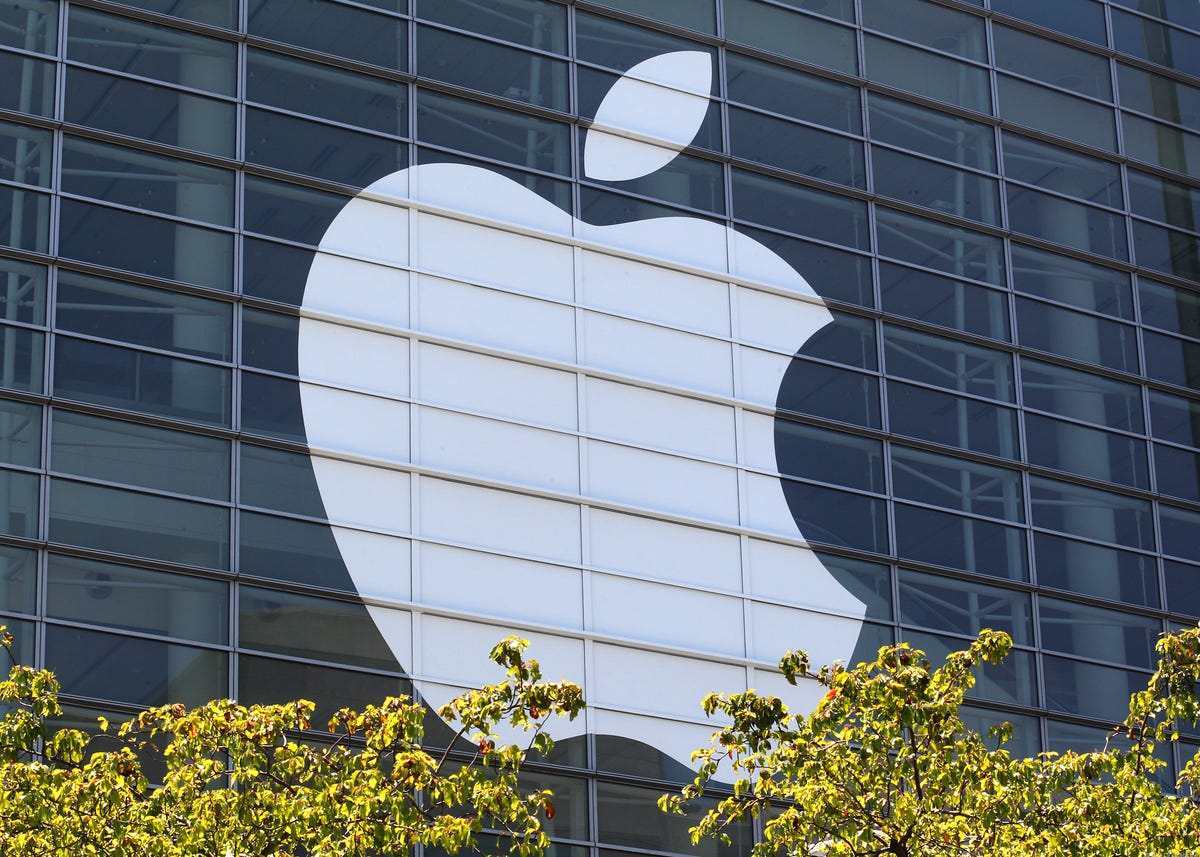
Josh Miller/CNET
The rumor mill keeps churning about Apple’s hotly anticipated smartwatch, and this time it appears production will start soon on a device with a “slightly rectangular” display.
Apple has hired Quanta to start mass producing its wearable next month to prepare for launch as early as October, according to a report Thursday from Reuters, which cited anonymous sources.
The smartwatch, often dubbed the iWatch, will have a display likely measuring 2.5 inches diagonally, the news service said. Previous reports have claimed the watch’s display would be smaller — not exceeding 1.5 inches diagonally — though a launch in September or October has generally been predicted.
Related stories
- Why the time for an iWatch is finally almost here
- Elegant vision of a new iPhone and iWatch (in pictures)
- iWatch satire skewers Apple before WWDC
If Apple does unveil a smartwatch, it will face some tough competition. Samsung, Sony, and LG have already pushed out their own watches — which allow users to track their fitness, receive notifications, and access apps — while numerous others have launched less complex fitness bands. However, it’s key for Apple to get into the wearables market, not only to diversify beyond the iPad and iPhone — its two largest revenue generators — but also to show investors and customers that it’s still an innovator. Chief Executive Tim Cook has promised repeatedly that he would launch “exciting” new products this year, but patience has started to wear thin.
Apple, for its part, has made no public mention of the rumored smartwatch. The company on Thursday didn’t immediately respond to a request for comment.
The watch’s face is expected to protrude slightly from the band, “creating an arched shape,” Reuters reported. It also will have wireless charging capabilities, as well as include a touch interface — something that’s all but a given in mobile devices today.
About 50 million units should ship within the first year, the report said. In comparison, Apple sold 150 million iPhones and 71 million iPads during its year ending September 2013, according to regulatory filings.



